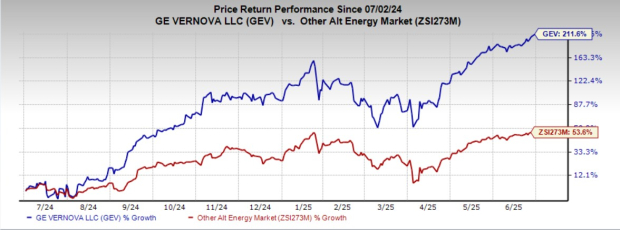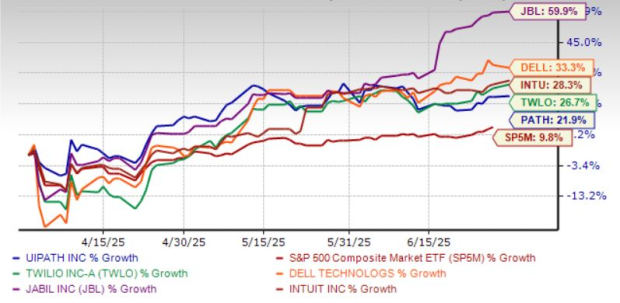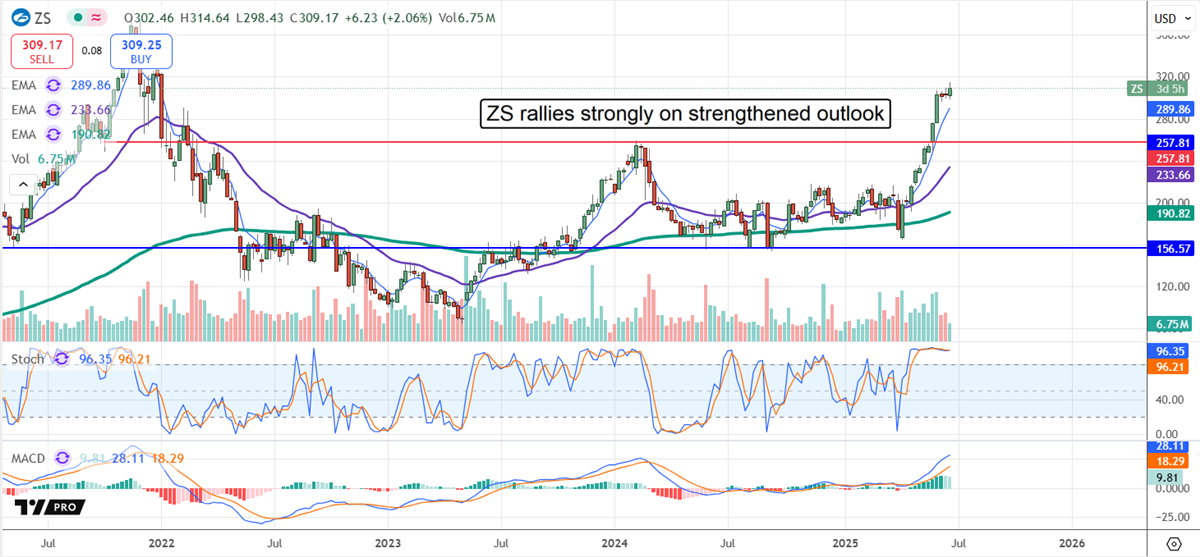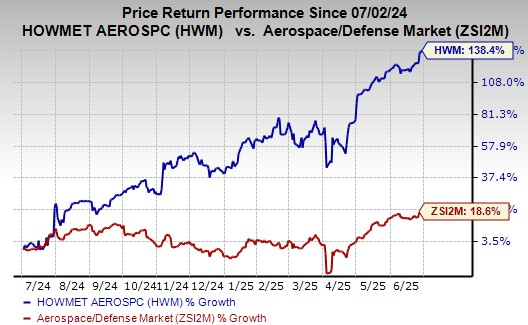Dollar Index Dips to Three-Year Low Amid Trade War Concerns
The dollar index (DXY00) fell by -0.80% on Friday, reaching a three-year low. This decline stemmed from rising fears that escalating tensions in the US-China trade war may hurt the economy and lead to stagflation. In a retaliatory move, China increased tariffs on all US goods to 125%, up from 84%, following the US’s own increase of tariffs on Chinese products to 145%. Consequently, the dollar is experiencing a crisis of confidence as the US redefines its relationships with trading partners, which threatens its status as the world’s reserve currency. Some foreign investors have begun liquidating dollar assets, contributing to the dollar’s decline. The consumer sentiment index from the University of Michigan fell more than analysts anticipated, which further pressured the dollar, hitting a low not seen in 2-3/4 years.
Friday also saw the release of the Producer Price Index (PPI), which unexpectedly showed that March producer prices softened, indicating a dovish influence on Federal Reserve policy. In light of these reports, the dollar began to recover after Minneapolis Fed President Neel Kashkari indicated that the inflationary risks posed by tariffs could make the Fed hesitant to lower interest rates, even amid an economic slowdown. Similarly, New York Fed President John Williams commented that the Fed’s current monetary policy remains appropriate due to solid labor market conditions and inflation above the 2% target. He anticipated slower growth, rising unemployment, and increasing inflation linked to the US’s tariff strategy and reduced immigration.
St. Louis Fed President James Bullard also expressed worries about the potential for stagflation in the US economy due to tariff impacts, cautioning that inflation might rise while the labor market deteriorates.
Key Economic Indicators
In March, the PPI for final demand surprisingly eased to +2.7% year-on-year, compared to +3.2% in February, defying forecasts of an increase to +3.3%. Additionally, the core PPI, excluding food and energy, decreased to +3.3% year-on-year from +3.6% in February, which was better than the anticipated rise.
The University of Michigan’s consumer sentiment index for April slid by -6.2 to 50.8, marking the lowest level in nearly three years and falling short of the expected 53.5.
Furthermore, one-year inflation expectations increased to 6.7%, surpassing the expected 5.2%, and reaching the highest levels since 1981. Expectations for inflation over the next 5 to 10 years rose to 4.4%, above the forecast of 4.3% and the latest peak since 1991.
The market is currently assigning a 25% probability of a -25 basis points rate cut during the upcoming FOMC meeting scheduled for May 6-7, down from a 30% chance the previous week.
Movements in Global Currencies
On Friday, the EUR/USD (^EURUSD) rose by +1.21%, achieving a three-year high. This rally was bolstered by the dollar’s decline and ongoing support from President Trump’s decision to pause reciprocal tariffs, which may avert a recession in the Eurozone and alter expectations regarding the European Central Bank’s monetary policy. Currently, swaps project a 95% likelihood of a -25 basis points rate cut by the ECB during their policy meeting on April 17.
In contrast, USD/JPY (^USDJPY) decreased by -0.58%, with the yen reaching a 6-1/4 month high against the dollar. Growing concerns over the US-China trade dispute have increased demand for the safer yen, particularly after China raised tariffs as retaliation. Compounding this, the Nikkei Stock Index experienced nearly a -3% decline, further igniting safe-haven demand for the yen. However, the yen later retreated after the yield on 10-year Treasury notes climbed to an eight-week peak.
Precious Metals Performance
Friday saw June gold (GCM25) climb by +67.10 (+2.11%), while May silver (SIK25) rose by +1.151 (+3.74%). Gold continued its weekly rally, with June futures reaching a contract high, while the nearest-futures gold price hit an all-time high of $3,235.00 per ounce. Silver also hit a one-week peak. The dollar’s weakness played a considerable role in driving up gold prices, along with heightened safe-haven demand due to the trade war and ongoing geopolitical tensions in the Middle East following the breakdown of the Israel-Hamas ceasefire.
Investor interest in gold has surged, reflected by a rise in long positions in ETFs to a 1-1/2 year high as of Thursday.
Despite the strong performance of precious metals, hawkish commentary from Minneapolis Fed President Kashkari posed challenges. He reiterated that inflation concerns from tariffs could prevent the Fed from lowering rates. Additionally, there are worries that trade war tensions could hinder demand for industrial metals, thus limiting silver’s price upside.
On the date of publication,
Rich Asplund
did not have (either directly or indirectly) positions in any of the securities mentioned in this article. All information and data in this article are solely for informational purposes. For more information, please view the Barchart Disclosure Policy
here.
The views and opinions expressed herein are the views and opinions of the author and do not necessarily reflect those of Nasdaq, Inc.






